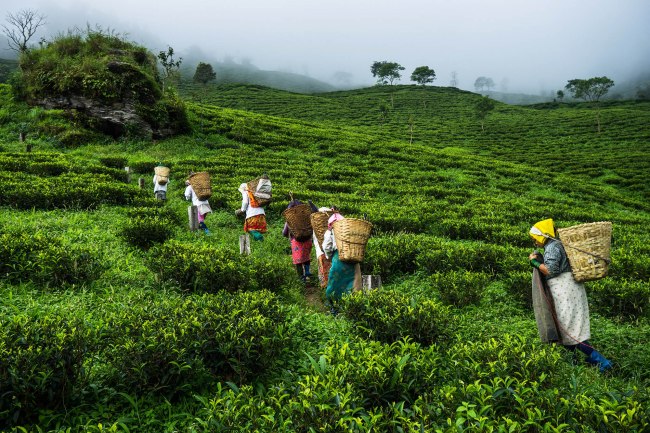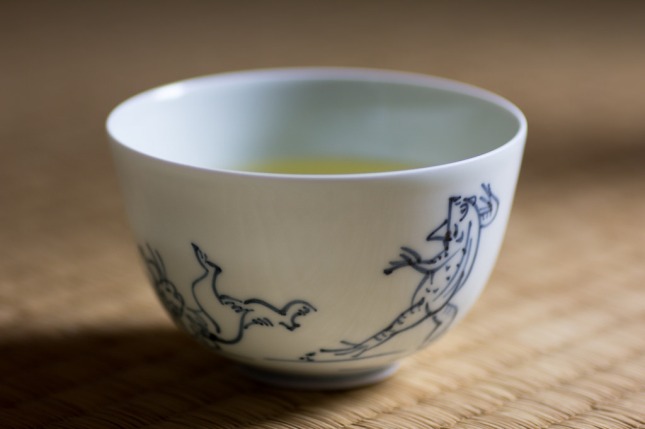At a time when the world is looking for ways to de-stress, the good ol’ cuppa has enjoyed a resurgence of popularity. Green tea especially is known to be rich in anti-oxidants and hence to boost the natural immunity of the human body.
But which tea is the most flavoursome? The one grown on the mist-laden slopes of Indian Himalayas, many would agree – more specifically the Darjeeling variety, known as the ‘Champagne of Teas’ for its aroma and delicate body.

And if that is so, some connoisseurs would point out that the equivalent of a Dom Perignon in the tea world would then probably be Makaibari. Shadowed by the third highest mountain peak of the world, the Kanchendzonga, Makaibari is a premier tea estate in North Bengal, India. Comprising over 250 hectares of Camelia Sinesis on slopes ranging between 700 m and 1500 meters of the majestic Himalayas, this plantation has several firsts to its credit – the most significant are being the wold’s first tea factory in 1859 as well as attaining the world’s first organic certification for a tea garden in 1988.

Away from the world of statistics, I prepared for myself a cup of Makaibari Bai Mu Dan or White Peony tea. The brew had a pale green colour – almost white – and it was subdued on the palate with a mild honeyed aftertaste. And though I failed to recognize the aroma of “soft peony and mown hay”, as mentioned on the cover, I realized that my gaze had already drifted to the straggling geranium bushes in my flower beds whose shadows in the gathering dusk appeared like slightly drunk, swaying caterpillers on the garden wall – happily, the tea was doing its work!